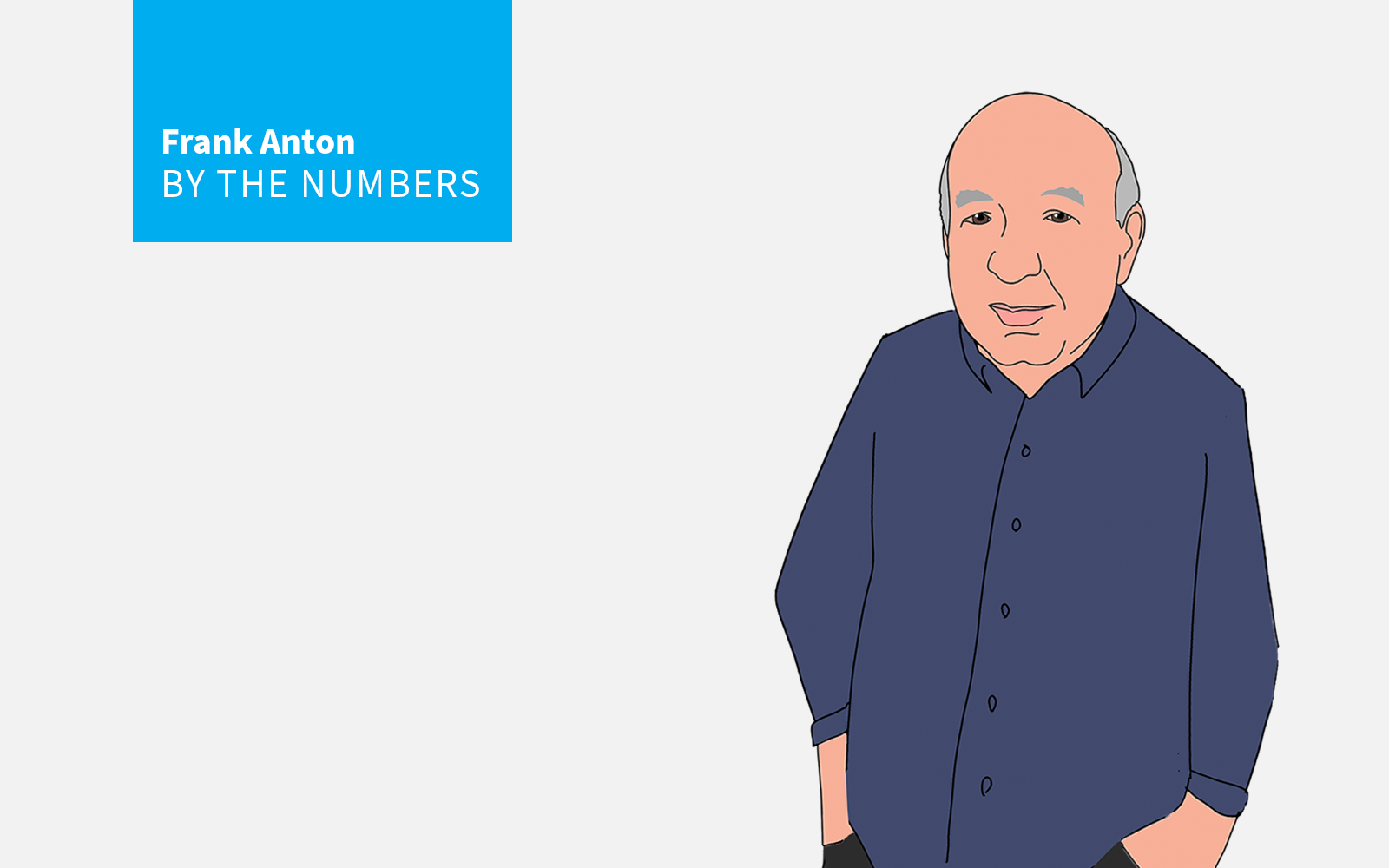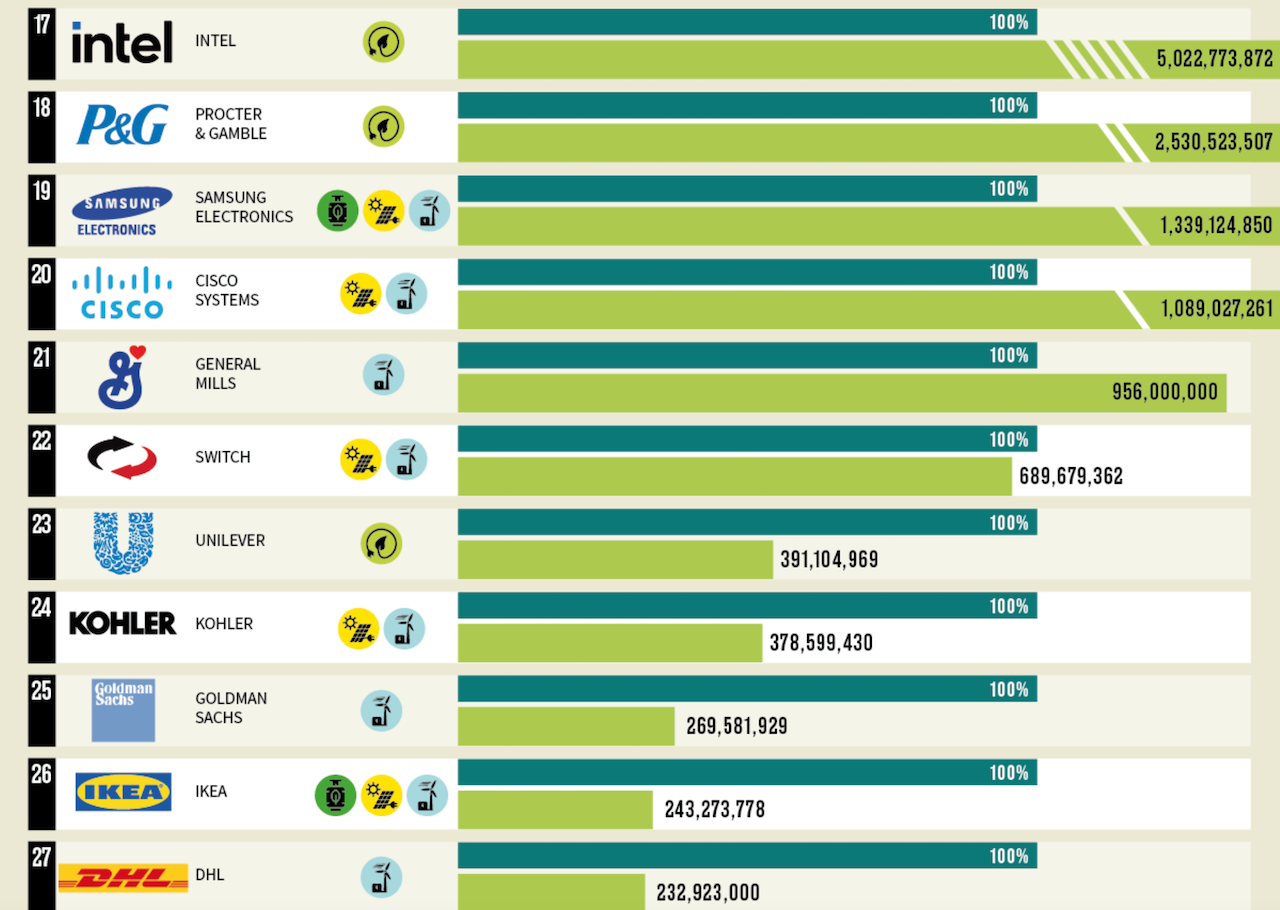Leadership
Proof-Case: To Keep Pace With Consumers, Evolve Or Else
As an example of the business value of bold strategy and investment, take Kohler, never content with the status quo, but rather a leading barometer of consumer climate change.

100,000 and…1
Those two numbers offer further proof that no matter what you think about climate change — whether you see it as a bogus issue or an existential threat —the climate, the consumer climate that is — is changing fast.
In fact, according to a recent Pew Research Center study, in the last year or so the percentage of Americans who see climate change as dangerous has increased from about 50% to almost two-thirds. Moreover the survey showed that 75% of Americans say they’re willing to make changes in how they live and work in order to combat climate change.
The two numbers in the headline — 100,000 and 1 — show how two super successful companies have successfully responded to changing consumer attitudes about climate change. Maybe you saw the headline that Hertz has agreed to purchase 100,000 electric-powered cars from Tesla, the world’s #1 producer of electric cars. Maybe Hertz was just being a good corporate citizen and making a move from gas-guzzling cars. But more likely they did it because many Hertz customers wanted to rent a Tesla and do their small part to reduce global warming.
How did the stock market respond to Tesla’s mega-sale? In a word, enthusiastically. Tesla’s stock price surged 12% and pushed Tesla’s market cap to more than $1 trillion, a rarified position occupied by only 4 other rather well-known companies: Apple, Microsoft, Google-parent Alphabet and Amazon. That’s pretty good company.
The other number in the headline — 1– brings us closer to the housing industry. It’s the number of building product manufacturers that show up on a list of the nation’s greenest companies, a list based on EPA data that shows what percentage of green energy is used in each company’s overall energy consumption mix. The majority of the firms on the list are Fortune 500 companies in the financial, tech and consumer product companies.
But sitting there at #24 is Kohler.

I can’t say I was surprised. For almost 50 years I’ve watched Kohler make one smart move after another, beginning in January 1978 when the Kohler booth at the annual home builders show featured 4 full scale bathrooms of the future, bathrooms that would still look good today. Each bathroom was the antithesis of the dark, dismal cramped 5 x 7 bath with a tub, a toilet and a sink that was pretty much the industry standard at the time.
The baths were a sensation (a fireplace in a bathroom, floor to ceiling glass, oh my!). But was most impressive was that Kohler, before anybody else in the housing industry, had figured out that the huge wave of baby boomer buyers wouldn’t want to buy either their parents’ Oldsmobile or their parents’ plain Jane ranch house or split level. Kohler foresaw the emergence of a move-up market that would want bigger and showier homes and come to dominate housing for more than a generation.
Kohler, in other words, is an innovative market leader, and, like Tesla has been hugely successful. It’s still a family-owned business, and according to Forbes, the Kohlers perennially rank among the world's billionaire manufacturing families.
Now there’s a leader you might want to follow when trying to figure out what to do about consumer attitudes to climate change.
But to date the housing industry has, to be charitable, a spotty record when it comes to environmental issues, including climate change and energy conservation. In the 1970s, when the energy crisis led many jurisdictions to up insulation standards in building codes, many builders acted like installing R-30 ceiling insulation would put them out of business. Later on, when low-flush toilets became the law of the land, builders raised an uproar. And California’s tougher statewide energy codes were met with stiff resistance.
But now I think it’s time to follow leaders like Tesla and Kohler and to take seriously the change in public opinion about climate change and the threat it represents. Get over the politics. Voluntarily build more energy efficient homes, market them proudly and enthusiastically and honestly, sell more houses, make more money and do the world a favor.
Join the conversation
MORE IN Leadership
10 Bold Ideas Tackling Housing Affordability And Access Now
From AI to hempcrete, these 10 ideas show how innovation in design, finance, and policy can open the door to housing affordability.
Sumitomo Forestry Sharpens U.S. Focus With DRB Move
Strategic clarity replaces portfolio sprawl as Sumitomo bets big on U.S. scale and integration.
Homebuilders and Insurance: A New-Reality Cost To Stay Ahead
Exclusive insights from Westwood Insurance Agency’s Alan Umaly and MSI’s Naimish Patel reveal why homebuilders must rethink insurance, resilience, and risk management—or risk losing buyers in an increasingly volatile market.
